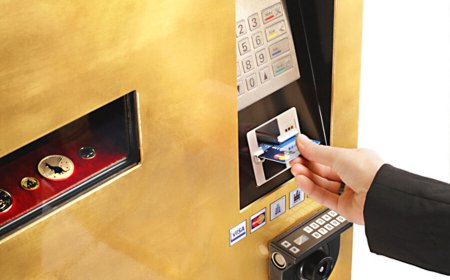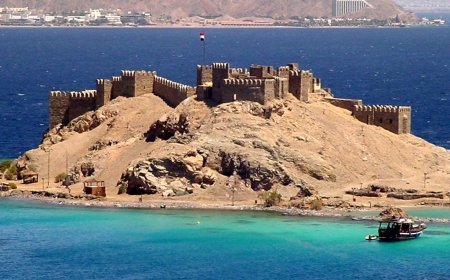These supersized clownfish robots could be coming to waterways in the Middle East
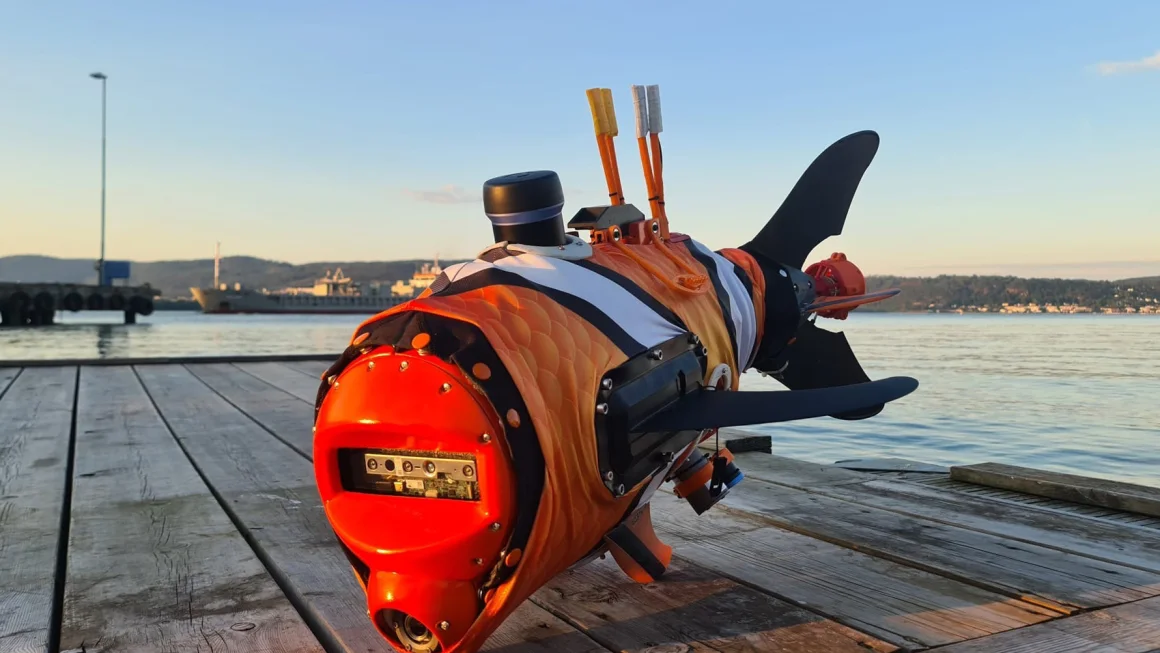
Without better data to understand the health of increasingly stressed waterways, the fight to save these most precious of resources will be ineffective, says Simeon Pieterkosky, co-founder of the technology company Aquaai. “Virtually every waterway is polluted to an extent where the ecosystem just can’t balance back anymore,” he explains.
Aquaai is aiming to fill that information gap using fishlike drones that collect data from underwater environments. Powered by batteries, they are designed to look and swim like fish, with a body and tail that swish from side-to-side as they cruise through the water. With their orange, white, and black neoprene skin, they resemble the clownfish star of the 2003 hit movie “Finding Nemo.”
The standard version is about 4 feet long (1.3 meters) and weighs 65 pounds (30 kilograms) and can be equipped with cameras and sensors to measure metrics like oxygen, salinity and pH levels.
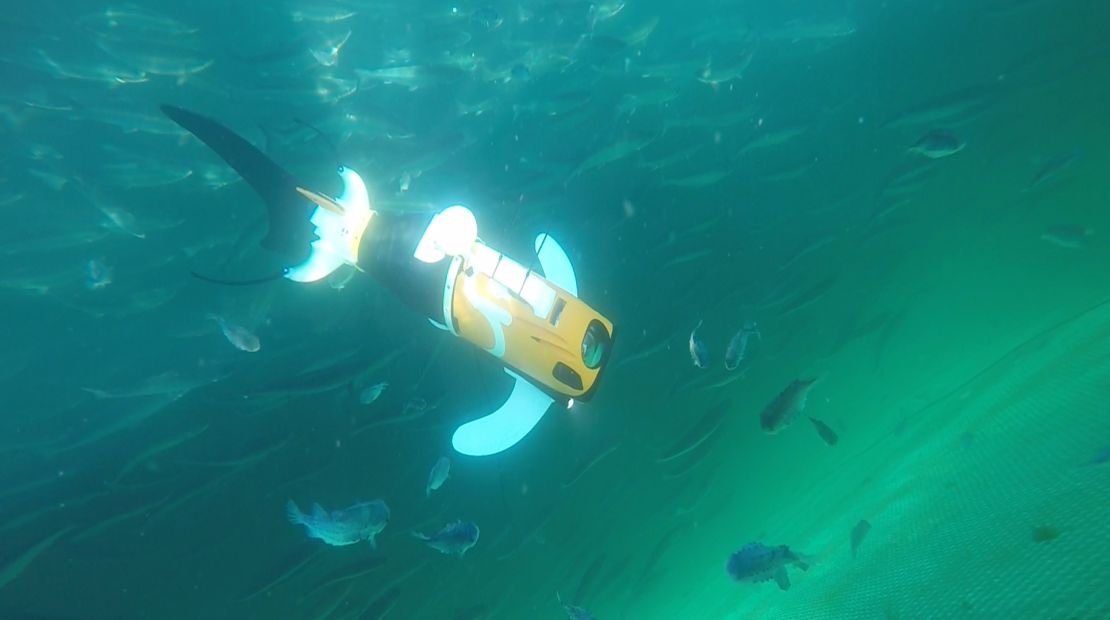
Pieterkosky, who has a background in animatronics for horror movies, was motivated to build the robots after his eight-year-old daughter learned about the ocean crisis and asked him to help protect the seas. He says it’s important that the drones can integrate into natural habitats — swimming among other creatures without disturbing them and maneuvering around obstacles smoothly.
The company has put its technology to use in California, where it was founded, and in Norway, where it has a subsidiary. It has operated in both fresh and saltwater, near dams, and in harbors and fish farms, checking things like water quality and fish health. Many fish farms use fixed sensors to monitor water quality, but CEO and co-founder Liane Thompson says this can be inefficient in giant pens, where fish might gather away from the sensors; instead Aquaai’s robots swim alongside the fish, collecting data wherever they go.
The technology could also find a use in the Middle East, a region that is battling water scarcity. The Middle East and North Africa is home to just 1% of the world’s freshwater resources, and many countries are depleting water from underground reservoirs, largely to irrigate farmland.
Thompson and Pieterkosky, who are married, have re-located to Abu Dhabi, the capital of the United Arab Emirates, and last October, Aquaai was accepted into a “company building” program at Abu Dhabi’s tech ecosystem Hub71.
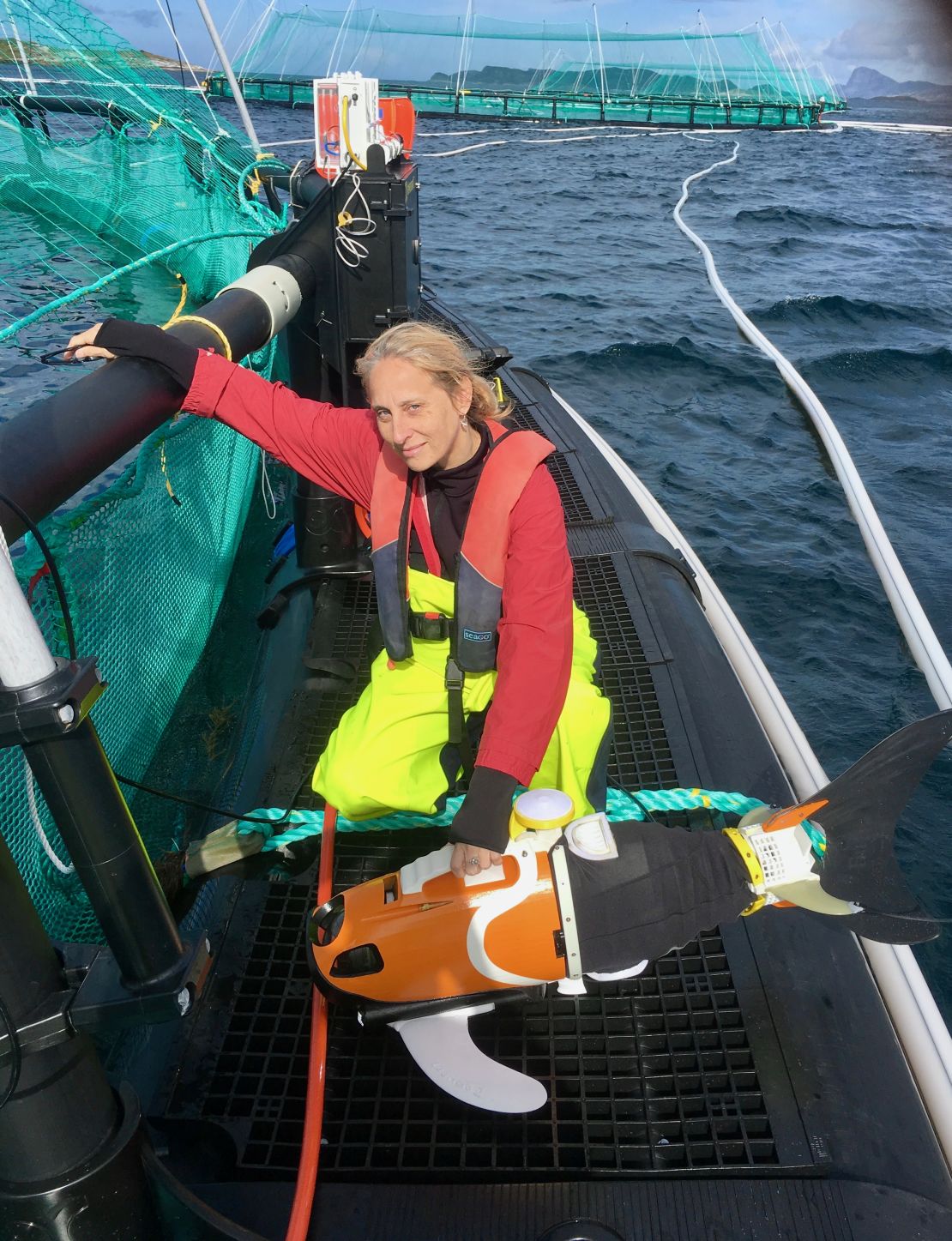
Thompson says its technology could be used in the region for water management, sustainable aquaculture operations, detecting derelict fishing gear and monitoring the health of corals. Aquaai is currently upgrading its underwater drones and is in discussions with various government agencies about trials to put the newest version to work.
Thompson says that across the globe, water resources are typically monitored manually, which is slow, labor-intensive and may only provide sporadic data. She believes better automation is sorely needed.
Automation “should play a crucial role in the future of water management by enhancing efficiency, reducing waste, and improving data collection for better decision-making,” said Robert C. Brears, the founder of water security platform Our Future Water, in an email.
Brears, who is not involved with Aquaai, says the company’s drones are a non-invasive and cost-effective method for real-time data collection.
Still, Aquaai has some hurdles to clear before its fishlike bots will be seen cruising through the world’s waterways. It has raised about $1.6 million in funding, but has been mostly relying on a few venture capital firms, an angel investor, family offices, a strategic corporate investor and paid trials. “We need capital to commercialize,” says Thompson, but “there are very few people who are willing to actually support those that are doing frontier technologies in the waterways.”
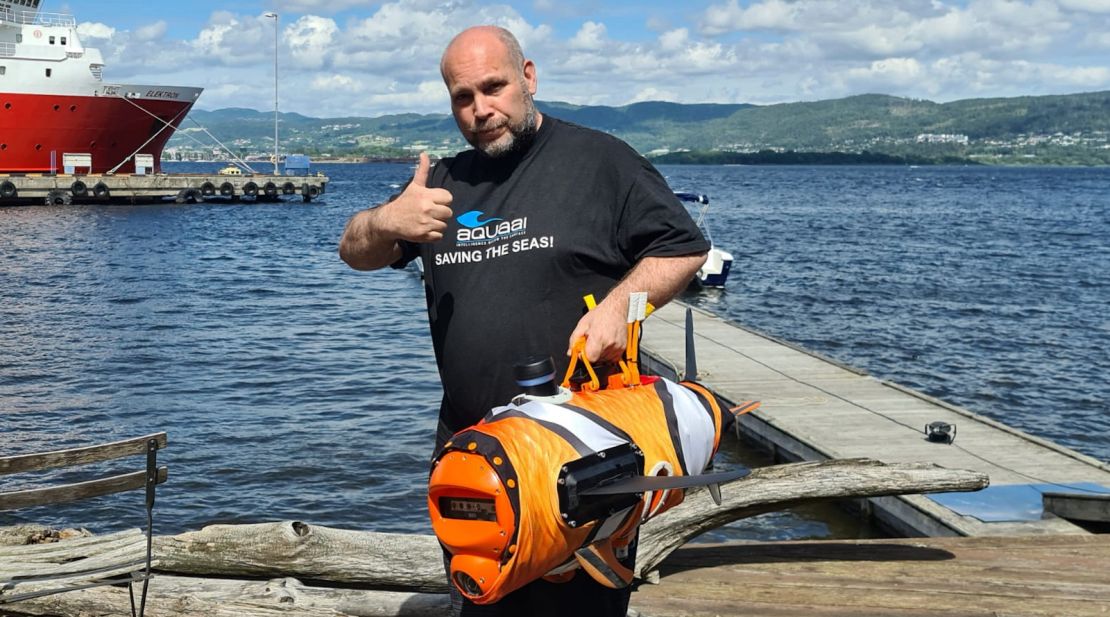
Water tech received less than 3% of the $48 billion climate tech funding in 2023, according to the business database Dealroom.
There are a smattering of other agencies and companies developing underwater drones for a variety of purposes. In 2021, a Chinese company debuted a sensor-filled robotic arowana fish at a military convention in Beijing, and some oil and gas companies use subsea drones to inspect their projects.
Aquaai hopes more funding will follow. “Investors should absolutely wake up,” says Pieterkosky. “It’s really about a last-ditch effort to really save the thing that actually keeps humanity alive.”
The post These supersized clownfish robots could be coming to waterways in the Middle East appeared first on Egypt Independent.
What's Your Reaction?
 Like
0
Like
0
 Dislike
0
Dislike
0
 Love
0
Love
0
 Funny
0
Funny
0
 Angry
0
Angry
0
 Sad
0
Sad
0
 Wow
0
Wow
0



